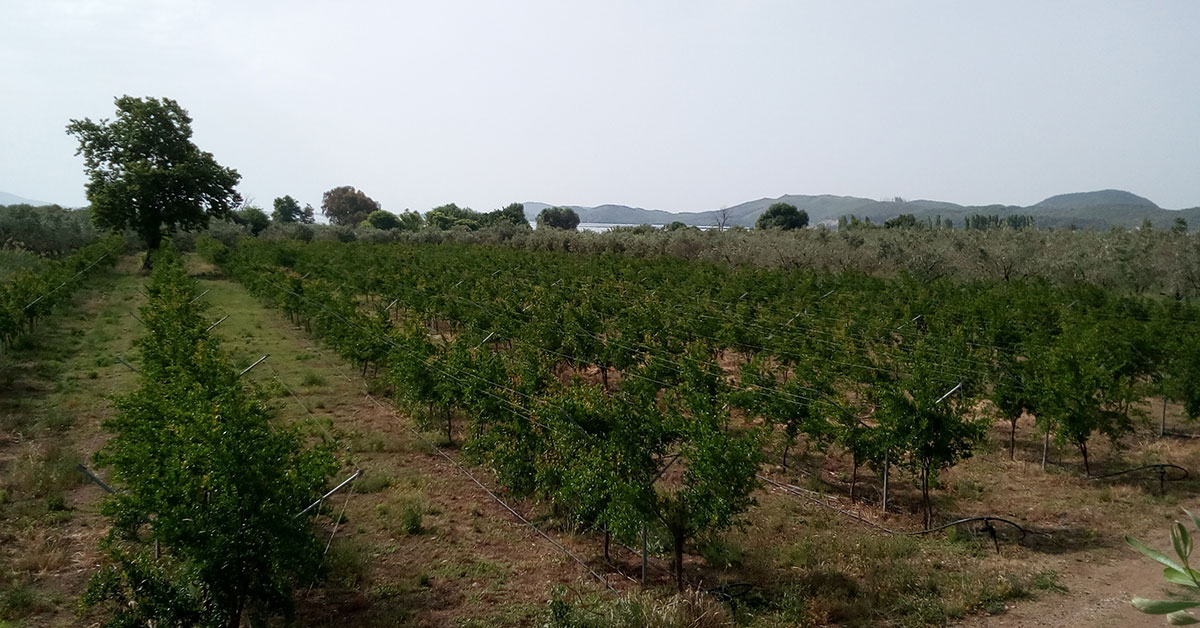
The pomegranate is a deciduous shrub by nature. We force it to become a tree by only leaving a single strain to grow. Since the 1980s, over 1,000 different varieties of pomegranate have been recorded: fruitful and non-fruitful, of normal size and dwarfs. The fruitful ones can be sweet or sour. The most widespread varieties in Greece are Wonderful, Hermione and Ako.
Wonderful
A pomegranate variety that sets fruit the size of a large orange, with a glossy peel and bright red colour. The seeds are full of flavor, reminiscent of red wine. When fully ripened, the fruit has a delicious flavor and produces a slightly sour juice. There are sub-cultivars where the fruit does not appear different from the main variety, but the trees have more thorns, and the seeds and juice have a more sour taste. The Wonderful pomegranate fruit is quite resistant after harvesting, which usually begins mid-October.
Hermione
A pomegranate variety with few thorns, and usually long and non-interlocking stems. It sets fruit of average size 300gr, with a relatively soft peel and not as red a color as the Wonderful variety. The seed is large and soft with a sweet and velvety flavor. There is also a sub-variety with a harder but juicier seed. The fruit of this variety are less resistant after harvesting than the Wonderful variety. Harvest usually begins mid-October.
Ako
A pomegranate variety with many thorns and tangled stems, which sets small and medium sized fruit (250-400gr), with a glossy peel and deep red colour. Its seed is deep red and semi-hard, with relatively sweet taste although more tangy than the previous varieties. Ako's fruits are quite sensitive after harvest, which begins mid-September.
Karavelos
Karavelos An Hermione-like pomegranate variety that sets glossy fruit with a yellowish-red colour. Their seeds and taste are similar to that of the Hermione variety, but the fruit is quite resistant after harvesting which begins mid-October.

